According to the Department of Fisheries of Ha Tinh province, recently, during the process of monitoring, supervising and warning the environment of aquaculture areas in some key provinces in the Northern region, the Northern Center for Environmental Monitoring and Aquatic Diseases (Aquaculture Research Institute I) discovered the appearance of a species of sea centipede (also known as sea worm) with the scientific name Chloeia sp. in some localities.
Through practical observations, this species often attacks and eats clams and farmed mollusks, causing damage to farming facilities.
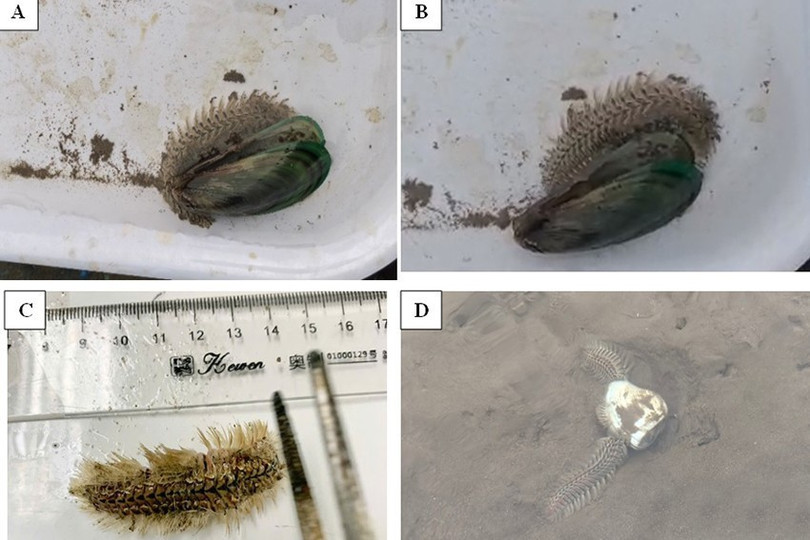
The sea worm Chloeia sp. has a characteristic appearance: flat body, 5 - 10 cm long, clearly segmented, both sides of the body covered with complex hairs, along the back there are streaks or spots extending from head to end. They usually live on the bottom, are active at night and are known as "fire worms" because they can cause a burning sensation when in contact.
Despite lacking jaws (jawless), sea worms can still swallow prey that fits their mouths and suck out all the water inside.
Notably, during the clam spawning season (lasting from March to June in the North), marine worms tend to swim to the surface and move closer to the intertidal zone - where people raise clams.
To limit the impact of marine worms on mollusk farming areas, focusing on clam farming areas, the Northern Center for Environmental Monitoring and Aquatic Diseases recommends that localities and farmers need to take measures to monitor, inspect and proactively prevent.
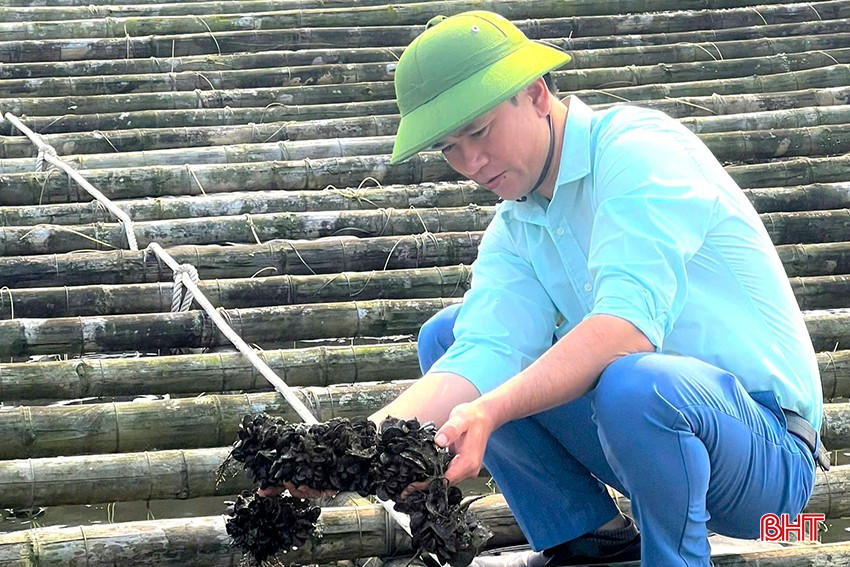
Accordingly, local authorities need to strictly manage clam farming areas, limit the release of small-sized clams from clam size down (500 - 800 clams/kg); release large-sized clams to avoid being eaten by sea worms, causing damage to production or wait until the salinity drops (below 25‰) to limit their appearance on clam beaches.
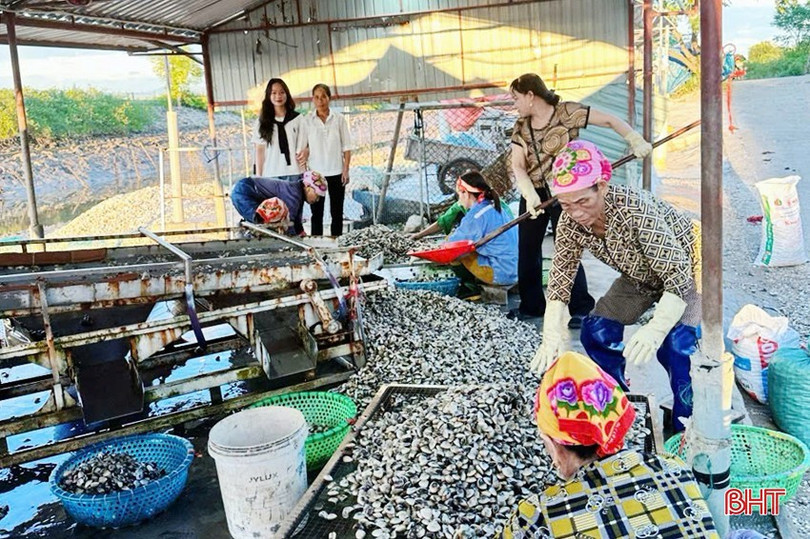
Facilities need to proactively destroy marine worms using manual measures such as: spreading nets and setting up cages to catch and destroy them.
Marine worms are active at night during the breeding season and are often stimulated by light, so breeding facilities can experiment with using electric bulbs (or LED bulbs wrapped in plastic tubes submerged in water) to stimulate and attract marine worms to gather in one area, then catch them with nets. Absolutely do not use chemicals, pesticides, drugs not on the list of permitted drugs or toxic chemicals of unknown origin to kill marine worms, causing negative impacts on the environment.
In Ha Tinh, the mollusk farming area is 420 hectares with the main farming objects being clams, snails, oysters, mussels...; the output reaches more than 3,500 tons/year. In which, the key farming areas are Thach Ha, Cam Xuyen...
Source: https://baohatinh.vn/canh-bao-loai-sau-bien-gay-hai-vung-nuoi-nhuyen-the-post285847.html



![[Photo] Closing of the 11th Conference of the 13th Central Committee of the Communist Party of Vietnam](https://vstatic.vietnam.vn/vietnam/resource/IMAGE/2025/4/12/114b57fe6e9b4814a5ddfacf6dfe5b7f)


![[Photo] Overcoming all difficulties, speeding up construction progress of Hoa Binh Hydropower Plant Expansion Project](https://vstatic.vietnam.vn/vietnam/resource/IMAGE/2025/4/12/bff04b551e98484c84d74c8faa3526e0)


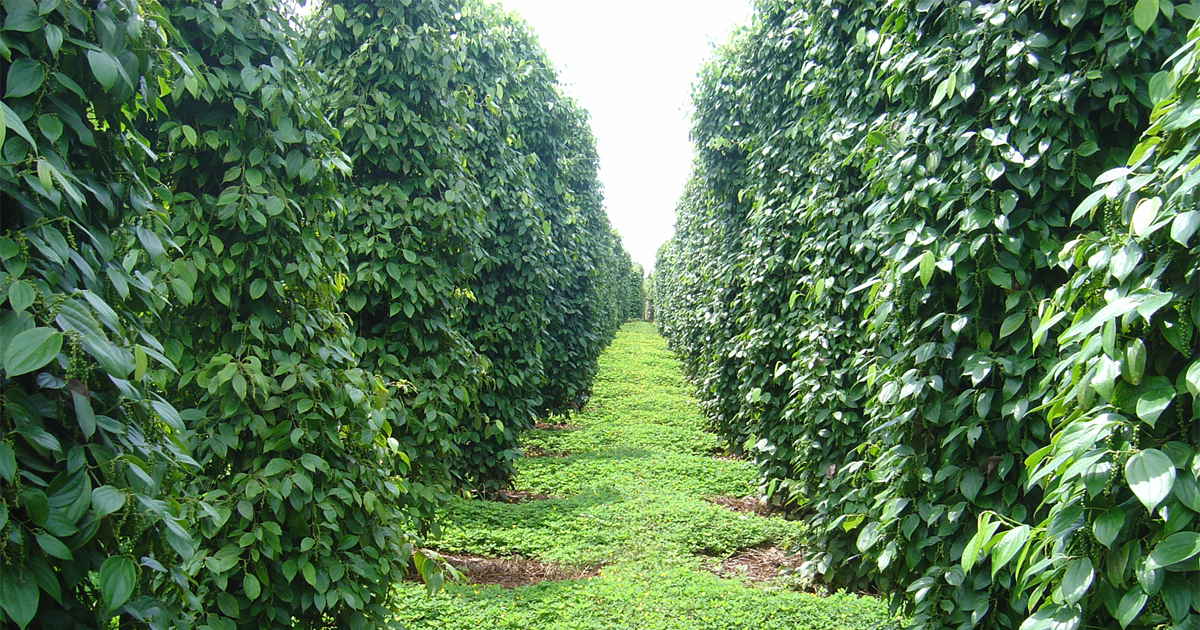


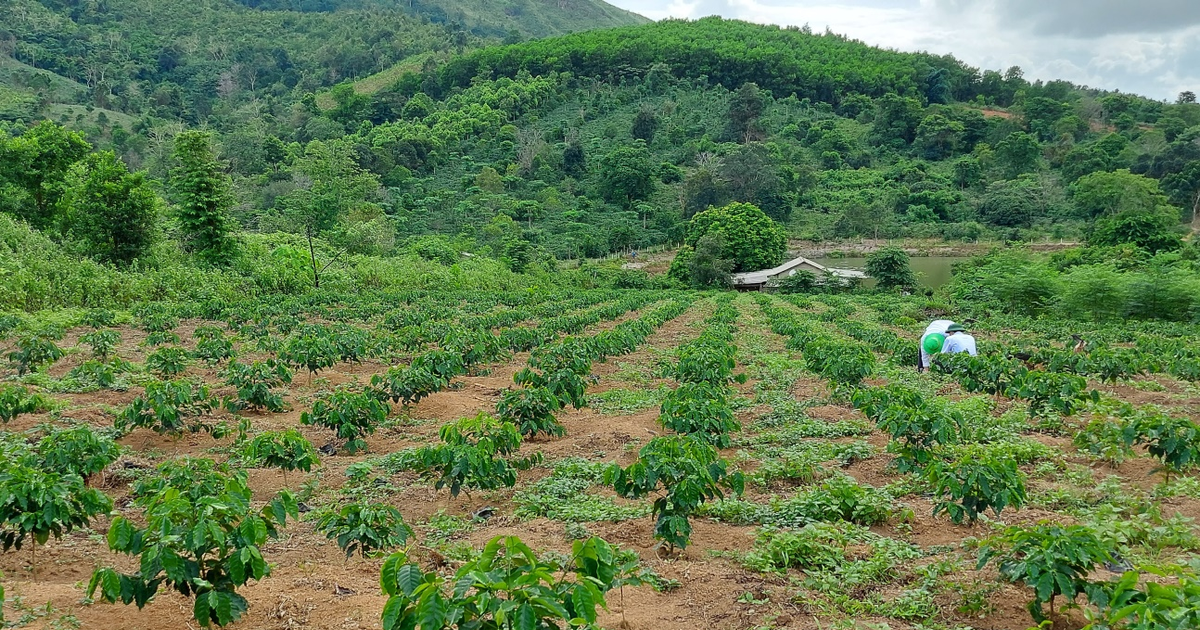
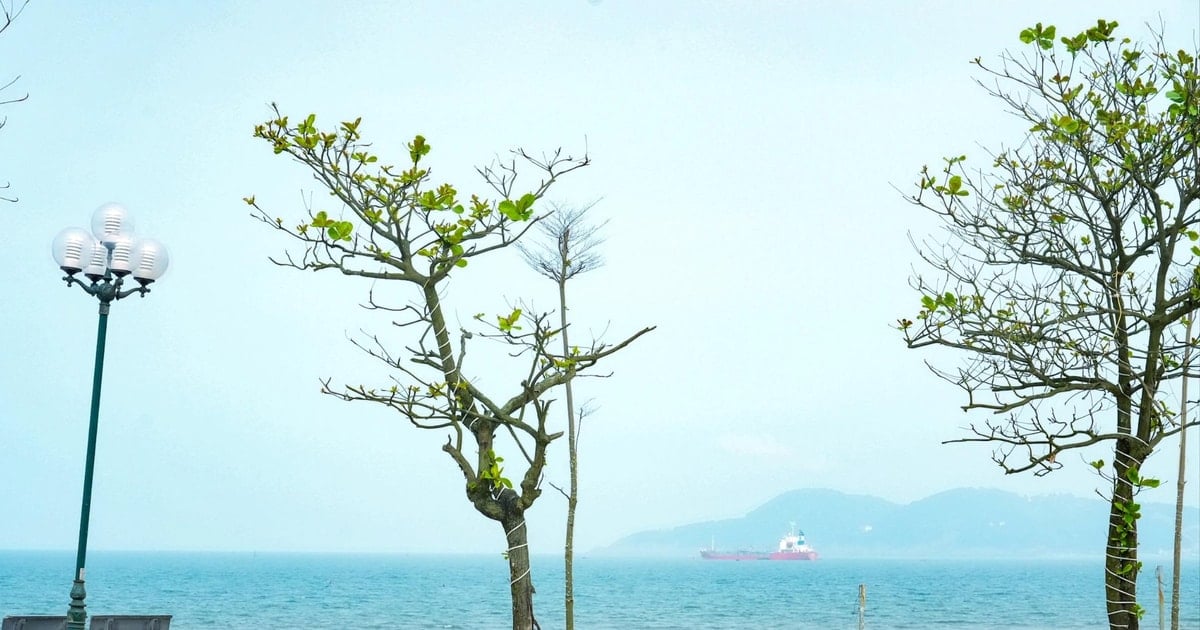



































































Comment (0)